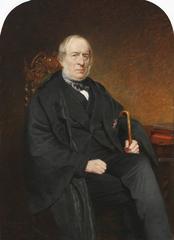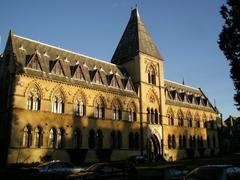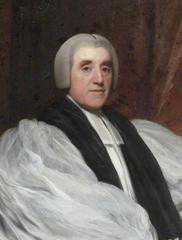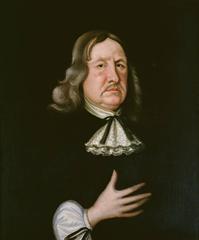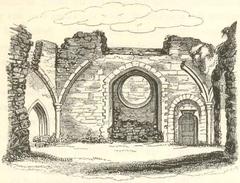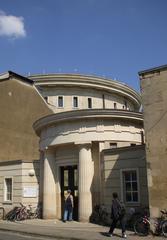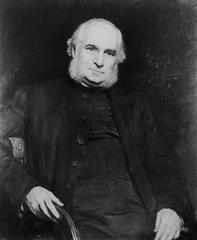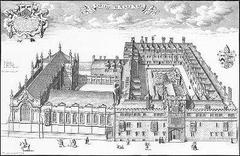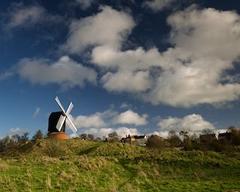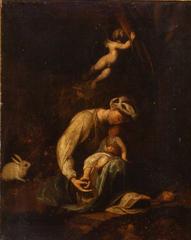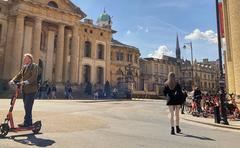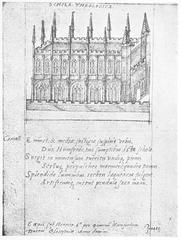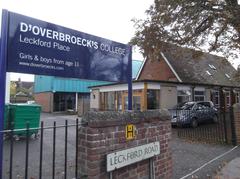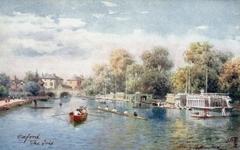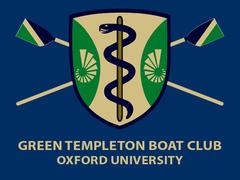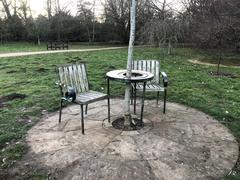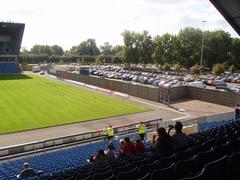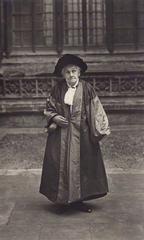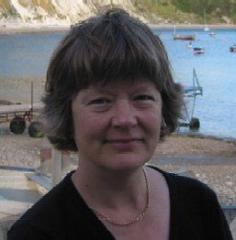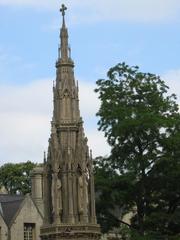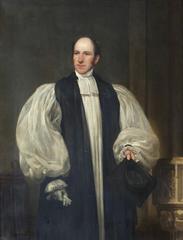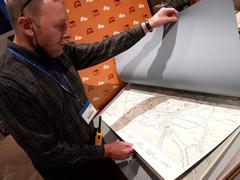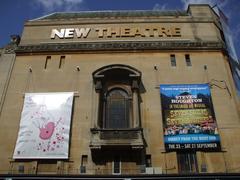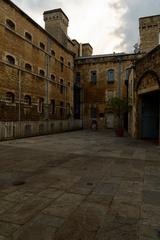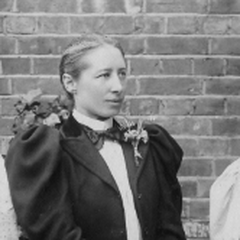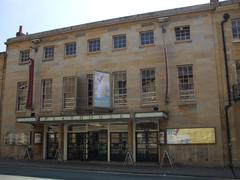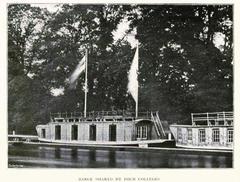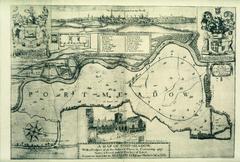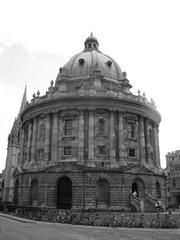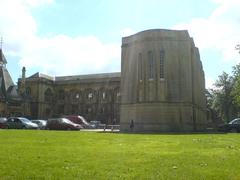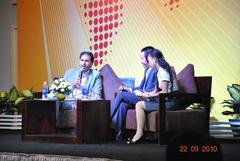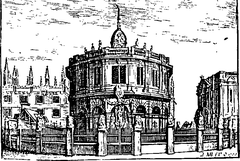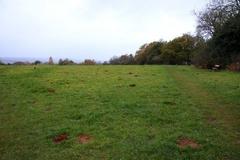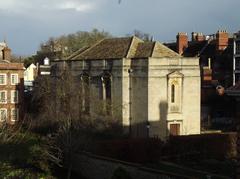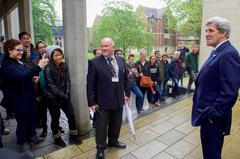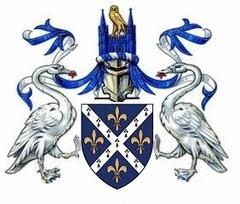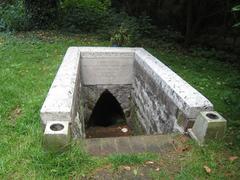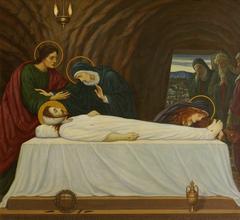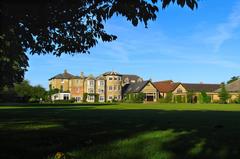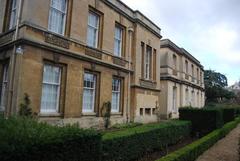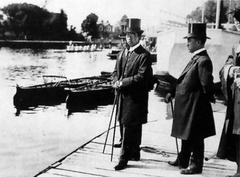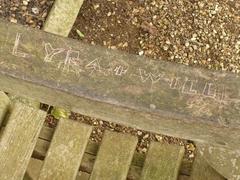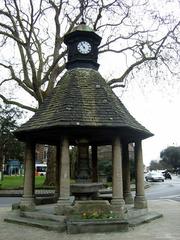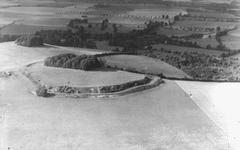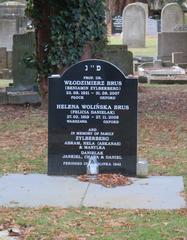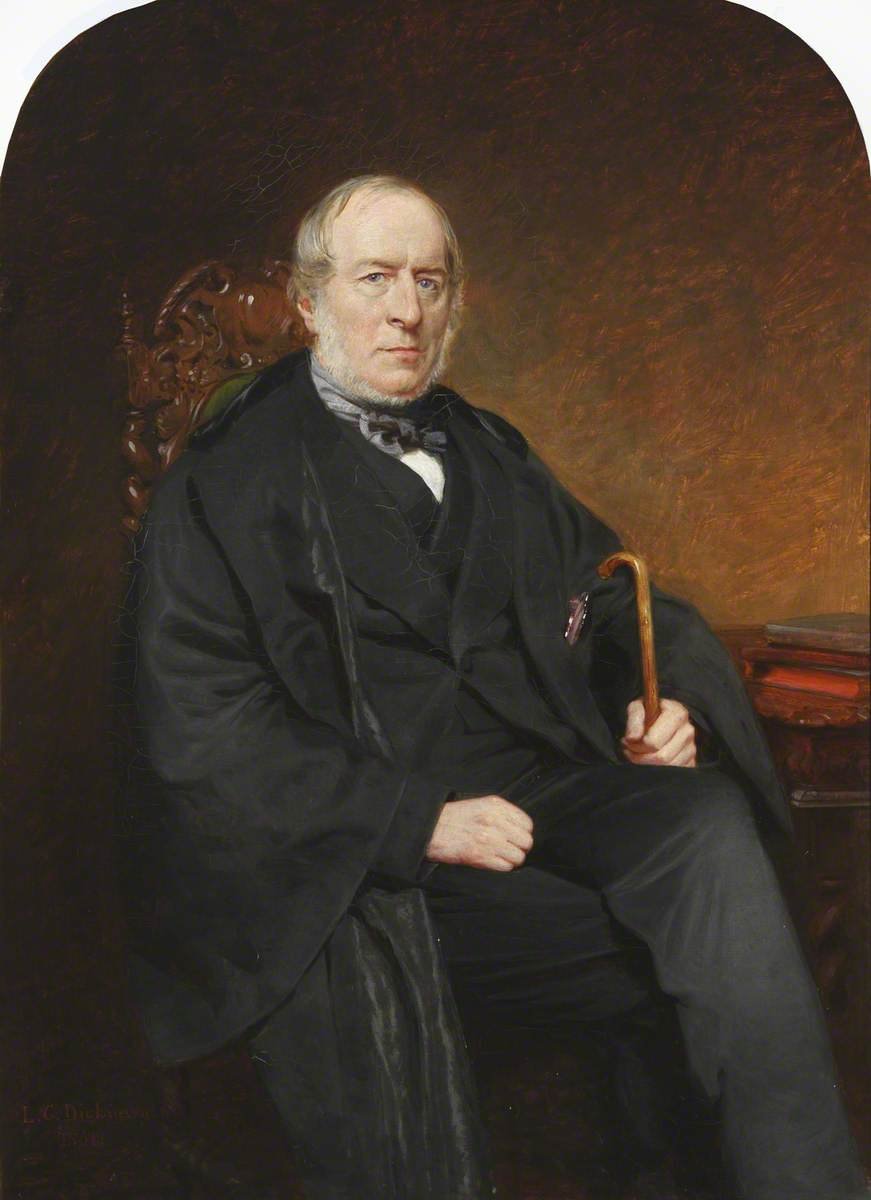
Visiting Science Area in Oxford: Hours, Tickets, and Tips
Date: 17/07/2024
Introduction
Oxford’s Science Area is a remarkable blend of historical significance and contemporary scientific prowess. Nestled within the storied halls of the University of Oxford, one of the world’s oldest and most prestigious educational institutions, the Science Area is a testament to the evolution of scientific inquiry from the 19th century to the present day. This guide aims to explore the rich history of Oxford’s Science Area, provide practical visitor information, and offer insights into making the most of your visit.
Table of Contents
- Introduction
- Origins and Early Development
- Expansion in the 20th Century
- Post-War Developments
- Recent Developments and Modernization
- Historical Significance and Legacy
- Cultural and Educational Impact
- Visitor Information
- Visitor Tips for Exploring the Science Area in Oxford
- Conclusion
Origins and Early Development
The origins of the Science Area date back to the 19th century, a period marked by the University of Oxford’s expansion beyond its traditional focus on humanities and theology to embrace the burgeoning field of natural sciences. This shift was part of a broader Victorian-era trend that saw the rise of scientific inquiry and industrial innovation. One of the earliest and most iconic buildings in the area is the University Museum of Natural History, which opened in 1860 (University of Oxford). This Gothic Revival structure became a central hub for scientific activity, housing extensive collections, lecture halls, and laboratories.
Expansion in the 20th Century
The 20th century brought significant developments, including the establishment of the Clarendon Laboratory in 1910 and the Dyson Perrins Laboratory in 1916, both of which played pivotal roles in advancing physics and organic chemistry, respectively (Department of Physics, University of Oxford, Department of Chemistry, University of Oxford). Post-World War II, the Science Area continued to expand with modern facilities like the Radcliffe Science Library and the Department of Biochemistry’s new building in the 1960s (Bodleian Libraries, Department of Biochemistry, University of Oxford).
Recent Developments and Modernization
In the 21st century, the Science Area has embraced modernization with the construction of state-of-the-art facilities like the Beecroft Building and the Oxford Molecular Pathology Institute (OMPI), reflecting the evolving nature of scientific research and interdisciplinary collaboration (Beecroft Building, University of Oxford, Department of Oncology, University of Oxford). Whether you’re a history enthusiast, a science buff, or a casual visitor, the Science Area offers a rich and engaging experience.
Historical Significance and Legacy
The Science Area at Oxford has played a pivotal role in the advancement of scientific knowledge and education. Over the years, it has been home to numerous groundbreaking discoveries and innovations. For example, the Clarendon Laboratory was the site of significant research in low-temperature physics, leading to the discovery of superfluidity in liquid helium by Pyotr Kapitsa in the 1930s, a work that earned Kapitsa the Nobel Prize in Physics in 1978 (Nobel Prize).
The Science Area has also been associated with several Nobel laureates, including Dorothy Crowfoot Hodgkin, who was awarded the Nobel Prize in Chemistry in 1964 for her work on the structure of important biochemical substances using X-ray crystallography. Hodgkin’s research, conducted at the Dyson Perrins Laboratory, provided critical insights into the structures of penicillin, vitamin B12, and insulin (Nobel Prize).
Cultural and Educational Impact
Beyond its contributions to scientific research, the Science Area has had a profound impact on education and culture at Oxford. The area has fostered a vibrant academic community, attracting students and researchers from around the world. The University Museum of Natural History, with its extensive collections and public exhibitions, has become a popular destination for visitors, providing educational opportunities for the broader community.
The Science Area’s legacy is also reflected in its role in promoting interdisciplinary collaboration and innovation. The establishment of institutes like the Oxford Martin School, which focuses on addressing global challenges through interdisciplinary research, exemplifies the university’s commitment to leveraging scientific knowledge for the betterment of society (Oxford Martin School).
Visitor Information
Visiting Hours and Tours
- University Museum of Natural History: Open daily from 10 AM to 5 PM. Admission is free.
- Beecroft Building: Access is limited to guided tours which can be booked through the Department of Physics website.
- Radcliffe Science Library: Open Monday to Friday from 9 AM to 7 PM, and Saturday from 10 AM to 4 PM.
Nearby Attractions
- Oxford Botanic Garden: The oldest botanic garden in Britain, located just a short walk from the Science Area.
- Ashmolean Museum: A world-renowned museum of art and archaeology close to the Science Area.
- Oxford University Parks: A beautiful green space perfect for a relaxing walk or picnic.
Special Events and Photographic Spots
- Special Events: The Science Area often hosts public lectures, science fairs, and exhibitions. Check the university’s event calendar for current listings.
- Photographic Spots: The Gothic architecture of the University Museum of Natural History and the modern design of the Beecroft Building offer stunning photographic opportunities.
FAQ
What are the visiting hours for the Science Area in Oxford?
Visiting hours vary by building. Most are open during standard business hours, but it’s best to check specific timings on the university’s official website.
Are there guided tours available?
Yes, guided tours are available for many of the buildings. Booking in advance is recommended.
Are there any ticket prices for visiting?
Most attractions within the Science Area are free to enter.
Visitor Tips for Exploring the Science Area in Oxford
Getting There
The Science Area in Oxford is centrally located and easily accessible by various modes of transportation. If you are arriving by train, Oxford Railway Station is approximately a 20-minute walk or a short bus ride away. Several bus routes, including the Park and Ride services, stop near the Science Area, making it convenient for those traveling from outside the city. For those driving, parking can be challenging due to limited spaces and restrictions, so using public transport is advisable.
Best Time to Visit
Oxford experiences a temperate maritime climate, with mild summers and cool winters. The best time to visit the Science Area is during the spring (April to June) and autumn (September to November) when the weather is pleasant, and the university is in session, offering a vibrant atmosphere. Summer months can be busier with tourists, while winter can be quieter but colder.
Entry and Accessibility
Most buildings within the Science Area are part of the University of Oxford and may have restricted access. However, several museums and public spaces are open to visitors. The Oxford University Museum of Natural History and the Pitt Rivers Museum are notable attractions that do not charge an entry fee. It is advisable to check the specific opening hours and any potential restrictions on the official websites of the institutions you plan to visit.
Guided Tours
To gain a deeper understanding of the Science Area and its significance, consider joining a guided tour. The Oxford University Walking Tours offer specialized tours that include the Science Area, providing insights into the history and contributions of the university’s scientific community. Booking in advance is recommended, especially during peak tourist seasons.
Key Attractions
- Oxford University Museum of Natural History: This museum houses an extensive collection of natural history specimens, including the famous Oxford Dodo. Interactive exhibits and regular events make it a family-friendly destination.
- Pitt Rivers Museum: Located within the same building as the Natural History Museum, the Pitt Rivers Museum showcases anthropological and archaeological artifacts from around the world.
- Clarendon Laboratory: While not typically open to the public, the Clarendon Laboratory is a significant site for physics research. Occasionally, public lectures and events are held here, which can be a unique opportunity for visitors.
Dining and Refreshments
There are several dining options within and around the Science Area. The University Club offers a café and bar that are open to the public. Additionally, the nearby Jericho area has a variety of restaurants and cafés catering to different tastes and budgets. For a quintessential Oxford experience, consider having afternoon tea at one of the historic hotels or tea rooms in the city center.
Accommodation
Oxford offers a range of accommodation options, from budget hostels to luxury hotels. Staying in the city center or near the Science Area can be convenient for exploring the university and its surroundings. Some colleges also offer bed and breakfast accommodations during vacation periods, providing a unique opportunity to stay within the historic university buildings. Websites like University Rooms can be useful for booking such stays.
Safety and Etiquette
Oxford is generally a safe city, but it is always wise to take standard precautions, such as keeping an eye on personal belongings and avoiding poorly lit areas at night. When visiting university buildings and museums, respect the rules and guidelines, such as not touching exhibits and maintaining a quiet environment. Photography may be restricted in certain areas, so always check for signs or ask staff.
Special Events and Exhibitions
The Science Area often hosts special events, lectures, and temporary exhibitions. Checking the University of Oxford Events Calendar before your visit can help you plan to attend any interesting events. These events can range from public lectures by renowned scientists to interactive workshops and exhibitions.
Souvenirs and Shopping
For souvenirs, the museum gift shops offer a range of unique items, from educational toys to books and memorabilia. The Oxford University Shop in the city center also sells official university merchandise, including clothing, accessories, and gifts.
Useful Apps and Resources
- Oxford University App: This app provides maps, event information, and other useful resources for navigating the university.
- Citymapper: A handy app for public transportation routes and schedules.
- TripAdvisor: For reviews and recommendations on attractions, dining, and accommodation.
Conclusion
Oxford’s Science Area stands as a beacon of scientific excellence and historical richness. From its inception in the 19th century to its current status as a cutting-edge research hub, the area has been at the forefront of numerous scientific breakthroughs. The University Museum of Natural History and the Clarendon Laboratory have been sites of significant discoveries and educational advancements, contributing to the global scientific community (Nobel Prize). The area has also been home to renowned scientists like Dorothy Crowfoot Hodgkin, whose work in X-ray crystallography earned her a Nobel Prize in Chemistry (Nobel Prize).
Beyond its scientific contributions, the Science Area has had a profound impact on education and culture at Oxford, fostering a vibrant academic community and promoting interdisciplinary collaboration. The establishment of institutions like the Oxford Martin School exemplifies the university’s commitment to leveraging scientific knowledge for societal benefit (Oxford Martin School).
For visitors, the Science Area offers a wealth of attractions, from the University Museum of Natural History to the Beecroft Building, each providing unique insights into the world of science. Practical information, such as visiting hours, guided tours, and nearby attractions, ensures that every visitor can make the most of their trip. Whether you’re exploring the Gothic architecture or modern research facilities, the Science Area in Oxford promises a deeply enriching experience.
Plan your visit today and immerse yourself in the rich scientific heritage of Oxford by checking out related posts, downloading the Audiala mobile app, or following us on social media for the latest updates.
References
- University of Oxford, n.d., University of Oxford https://www.ox.ac.uk
- Department of Physics, University of Oxford, n.d., Department of Physics https://www.physics.ox.ac.uk
- Department of Chemistry, University of Oxford, n.d., Department of Chemistry https://www.chem.ox.ac.uk
- Bodleian Libraries, n.d., Bodleian Libraries https://www.bodleian.ox.ac.uk
- Department of Biochemistry, University of Oxford, n.d., Department of Biochemistry https://www.bioch.ox.ac.uk
- Beecroft Building, University of Oxford, n.d., Beecroft Building https://www.physics.ox.ac.uk
- Department of Oncology, University of Oxford, n.d., Department of Oncology https://www.oncology.ox.ac.uk
- Nobel Prize, n.d., Nobel Prize https://www.nobelprize.org
- Oxford Martin School, n.d., Oxford Martin School https://www.oxfordmartin.ox.ac.uk
